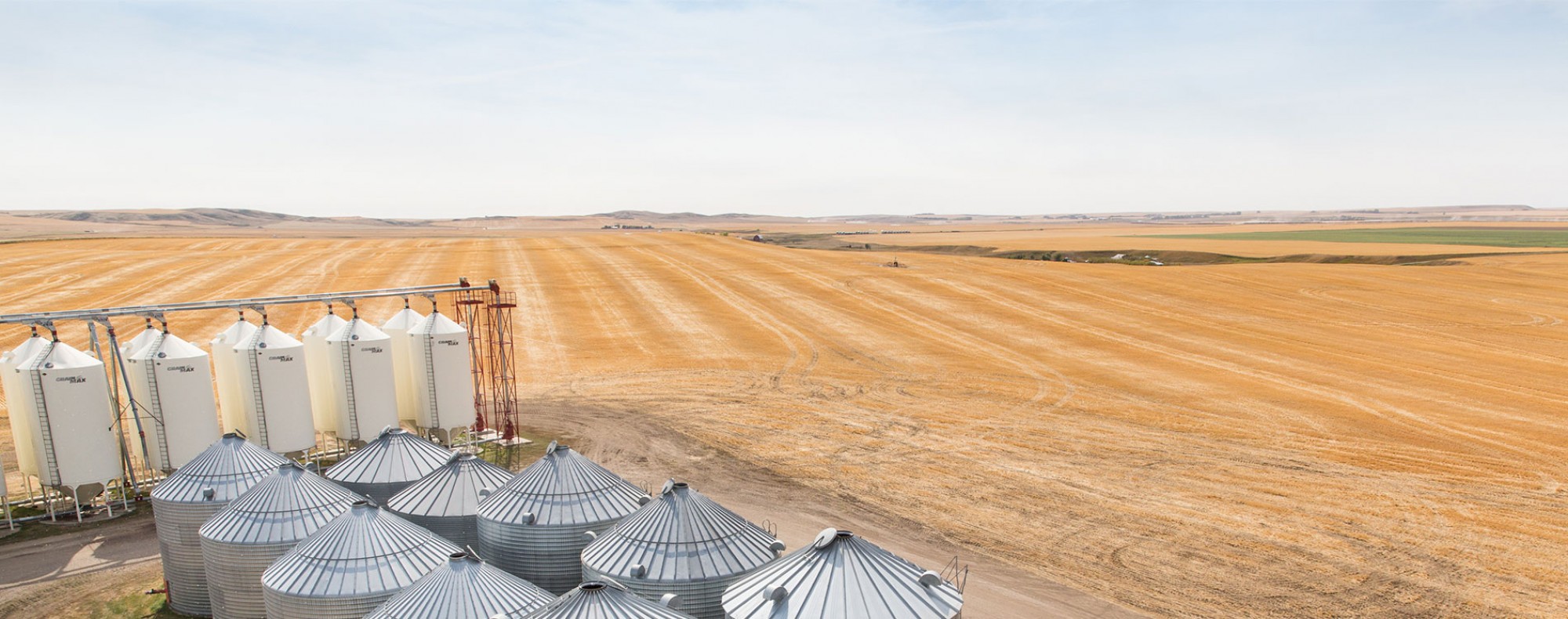Scale Up and Validation of a Low-Cost Paper-Based Test for Mycotoxins
AWC contribution: $76,875
Start date: May1, 2016
End date: May 1, 2019
Summary:
A simple, paper based mycotoxin testing platform was created previously to detect mycotoxins that may contaminate major food crops. This 3 year research proposal aims to upgrade the platform for use in farms, grain elevators, and for processor testing. This larger platform will require optimization to lower the limit of detection, tested in raw and processed grain matrices, and field validated.
Objectives:
Mycotoxin testing must be scaled up from a simple, inexpensive platform. Overall objective is to move the laboratory to the field by:
- Optimization and scale up of paper-based assays. A full validation will require 1000+ tests; test preparation will need to be optimized to reduce costs and limit of detection and ensure reproducibility.
- Testing complex matrices. The assays will be tested on raw and processed grains.
- Preparations for field testing. Test kits will be assembled and protocols developed for eventual field use.
Benefit to producers:
Producers require a fast, reliable testing technology that is simple and inexpensive to be used on site without social expertise. Mycotoxin detection strategies exist, but they do not meet all the needs of producers. Therefore, this research seeks to provide a simple, low cost, robust assay for mycotoxin detection on farm, elevators, or at the processors. The goal for this testing device would range from $1 to $10 each.
Bio:
Dr. Maria DeRosa is an Associate Professor in the Department of Chemistry at Carleton University. Her research examines a type of nucleic acid called ‘aptamers’ that can fold into 3D nanoscale shapes capable of binding tightly to a specific molecular target. Dr. DeRosa received her Ph.D in Chemistry from Carleton University in 2003. She was awarded an NSERC Postdoctoral Fellowship to do research at the California Institute of Technology from 2004-2005 with Prof. Jackie Barton, a world-leader in DNA sensor research. In 2005, she returned to Carleton as a faculty member in the Chemistry Department where she runs the CFI-funded facility known as the LADDER (Laboratory for Aptamer Discovery and Development of Emerging Research). She was a recipient of the John Charles Polanyi Research Award for new researchers in 2006, an Ontario Early Researcher Award in 2010, and a Capital Educator’s Award in 2015.
Project Completion Report
Mycotoxins are unavoidable natural toxins that contaminate many of the world's major food crops. Testing crops and food to ensure low levels of mycotoxins is a difficult undertaking. The goal of our work is to develop a simple, inexpensive, paper strip-based test for mycotoxins that could be used at the farm or grain elevator with minimal training or resources. In our previous work, we developed such a test, which employs a DNA-based nanotechnology called aptamers as well as other nanoparticle technology, at the lab scale.
The goal of this project was to examine whether these tests can be scaled up at low cost (using ink jet printing or other means) and if they can undergo a preliminary validation for use outside the lab. In our first year, we focused on whether an inexpensive, household ink jet printer could be modified to reproducibly print aptamers and the other nanocomponents of our strip test.
Results indicated that the printing process does not damage the DNA components and that they remain functional once printed. Different types of paper were examined and the printing process optimized, but did find some reproducibility issues. In the second year, we focused on scale up of the Ochratoxin A (OTA) test strip and found that developing assays using a biodot printer was much more reliable than the paper assays using a household inkjet printer. In our final year, we prepared many tests and applied them in a blind study to grain samples from the University of Guelph (Ridgetown) that were naturally contaminated with OTA. The tests performed very well and matched LC-MS/MS results for many of the samples. Future work will involve some further optimization, followed by field testing of the OTA strips. Over the grant period, aptamer-based testing methods for DON and FB1 were also improved. Future work will adapt these approaches to low-cost strips in a similar fashion as to what was done for OTA.
